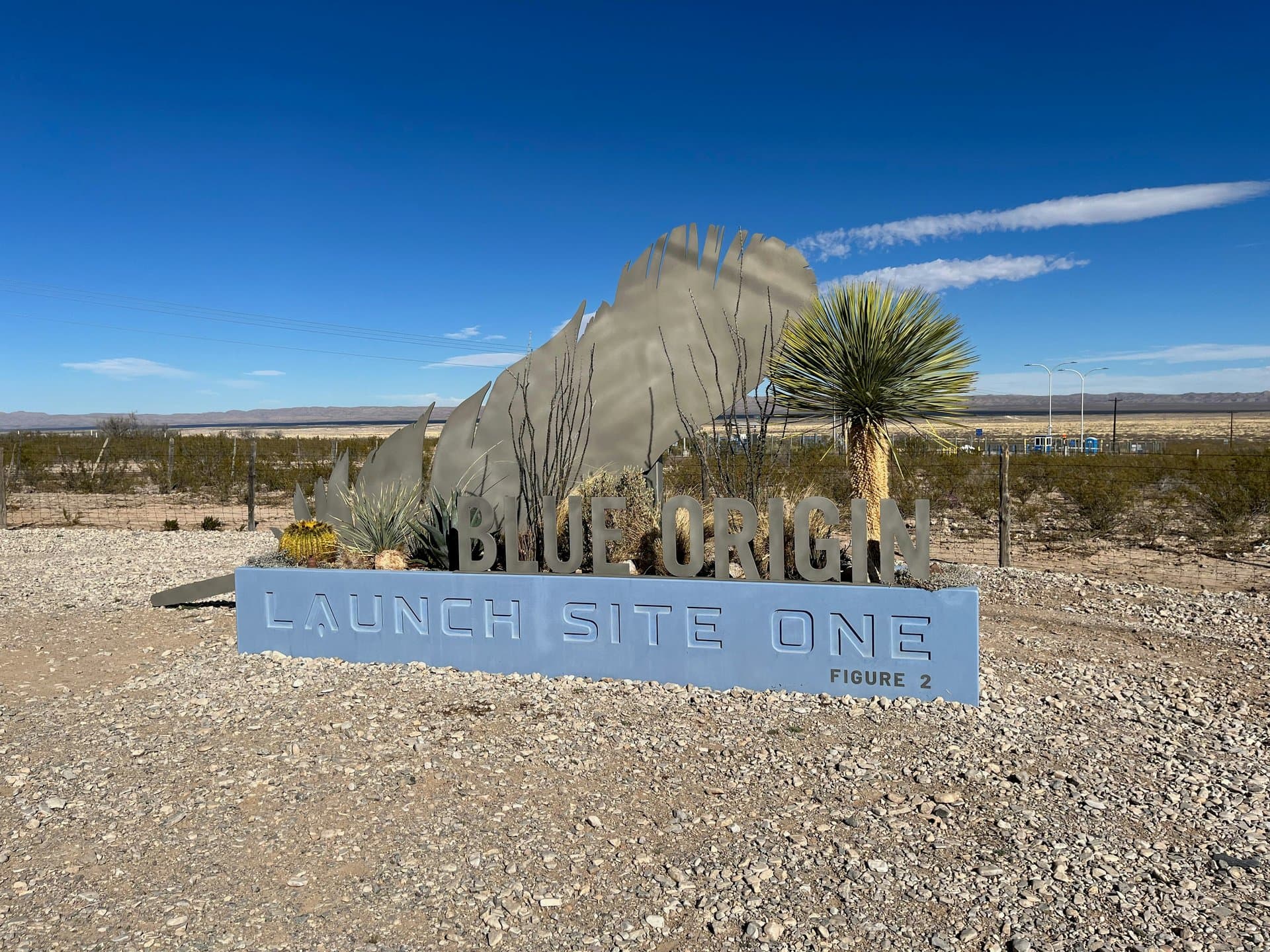Blue Origin’s 12th Crewed New Shepard Flight: Unlocking Space Tourism Insights
Explore Blue Origin’s 12th crewed New Shepard flight, revealing how suborbital space tourism is reshaping perspectives and technology with six international passengers crossing the Karman Line.

Key Takeaways
- Blue Origin’s 12th crewed flight carried six diverse passengers beyond the Karman Line.
- New Shepard’s reusable rocket technology highlights cost-effective space access.
- Passengers experienced transformative weightlessness and Earth views through record-large windows.
- Suborbital tourism is expanding with educational and research opportunities.
- Flight costs are estimated above $500,000 per seat, reflecting exclusivity.

On May 31, 2025, Blue Origin marked a milestone with its 12th crewed New Shepard flight, rocketing six international passengers to the edge of space. This roughly 10-minute journey crossed the Karman Line, the internationally recognized boundary of space at about 65 miles altitude. From a K-12 STEM teacher to a former ambassador, the crew’s diversity reflects the growing democratization of space access. Powered by a hydrogen-fueled reusable rocket, the mission combined cutting-edge technology with a profound human experience. This article unpacks the flight’s details, the passengers’ transformative moments, and what this means for the future of suborbital space tourism.
Experiencing Suborbital Spaceflight
Imagine floating freely, weightless, with Earth’s curvature framed by the largest windows ever flown on a spacecraft. That’s exactly what the six passengers aboard Blue Origin’s 12th crewed New Shepard flight experienced. The journey, lasting about 10 minutes, took them just beyond the Karman Line—roughly 65 miles above Earth—where the atmosphere thins and space begins. For Jaime Alemán, a former Panamanian ambassador, the ride was “very moving, very spiritual,” a sentiment that captures the profound shift many feel when seeing our planet from this vantage point.
This isn’t just a joyride. The capsule’s microgravity environment offers a rare chance to float and observe Earth’s stark blue atmosphere against the blackness of space. It’s a fleeting but powerful glimpse that has inspired astronauts and tourists alike. The experience is a reminder that space tourism isn’t just about thrill-seeking; it’s about perspective, education, and a deeper connection to our fragile planet.
Harnessing Reusable Rocket Technology
Blue Origin’s New Shepard rocket is a marvel of modern engineering, powered by a single BE-3PM engine fueled by liquid hydrogen and oxygen. What sets it apart is its full reusability: after launching the crew capsule, the booster rocket performs a controlled vertical landing near the launch site in West Texas. This precision landing, achieved seven minutes after liftoff, allows the rocket to be refurbished and flown again, slashing costs and environmental impact.
The rocket’s clean propulsion system emits only water vapor, a stark contrast to traditional rockets that leave heavier carbon footprints. This innovation not only makes space tourism more sustainable but also signals a shift in how private companies approach spaceflight. The New Shepard system’s 32 missions, including 12 with human passengers, demonstrate that reusability is no longer a futuristic dream but a practical reality shaping the industry’s future.
Diversity Driving Space Access
The crew aboard the 12th New Shepard flight was a tapestry of backgrounds and ambitions. From Aymette Medina Jorge, a STEM teacher sponsored by a Mexican healthcare company, to Dr. Gretchen Green, a radiologist turned explorer, the passengers embody the expanding reach of space tourism. Jaime Alemán’s lifelong travels culminated in this space journey, while Jesse Williams, a Canadian businessman and mountaineer, added a spirit of adventure.
This diversity isn’t accidental. Blue Origin’s passenger roster includes educators, entrepreneurs, scientists, and diplomats, reflecting a deliberate push to democratize space access. While the ticket price is estimated above $500,000, sponsorships and varied passenger profiles suggest a future where space tourism could inspire broader educational and research opportunities. It’s a reminder that space is becoming a platform for global connection and learning, not just elite escapism.
Transforming Perspectives Through Space
Many astronauts speak of the “overview effect”—a profound cognitive shift after seeing Earth from space. Jaime Alemán’s description of the flight as “the cherry on top of a cake” captures this emotional transformation. Witnessing Earth’s vastness and fragility firsthand often sparks a deep sense of connection and responsibility.
This psychological impact is more than poetic; it’s a catalyst for change. Passengers return with renewed passion for education, science, and environmental stewardship. Blue Origin’s Senior Vice President Phil Joyce highlighted this, expressing hope that passengers will apply their experiences to inspire others. For investors and enthusiasts, this emotional resonance adds a unique value layer to space tourism, blending financial innovation with human insight.
Navigating Space Tourism’s Financial Frontier
Space tourism remains an exclusive venture, with seats on New Shepard estimated to cost upwards of $500,000. Blue Origin keeps exact prices private, but sponsorships like that of Aymette Medina Jorge’s seat by Farmacias Similares hint at creative funding models. Since its first crewed flight in 2021 with Jeff Bezos aboard, New Shepard has flown 64 people, including multiple repeat flyers.
While Virgin Galactic paused flights in 2024 to upgrade its fleet, Blue Origin holds the suborbital passenger market for now. This exclusivity underscores both opportunity and challenge: the high cost limits access, but the reusable technology and growing interest suggest a maturing market. For investors and space enthusiasts, understanding this balance is key to anticipating how space tourism will evolve from niche luxury to broader participation.
Long Story Short
Blue Origin’s 12th crewed New Shepard flight is more than a technological feat—it’s a window into the future of space tourism and research. The reusable rocket’s flawless landing and the capsule’s safe return underscore the program’s reliability and environmental mindfulness. Passengers described their brief weightless moments and Earth views as deeply moving, echoing the famed “overview effect” that shifts perspectives on our planet’s fragility. While the ticket price remains steep, the mission’s educational sponsorships and diverse crew hint at a slowly broadening horizon. For investors and enthusiasts alike, this flight signals that space is no longer just for astronauts—it’s becoming a frontier for entrepreneurs, educators, and explorers. As Blue Origin continues to open this gateway, the financial and emotional returns of space tourism promise to grow richer and more accessible.